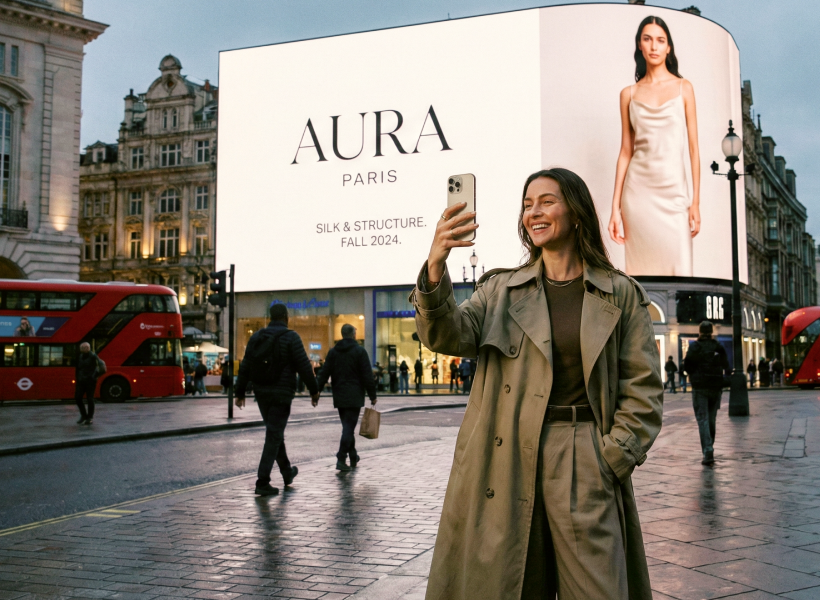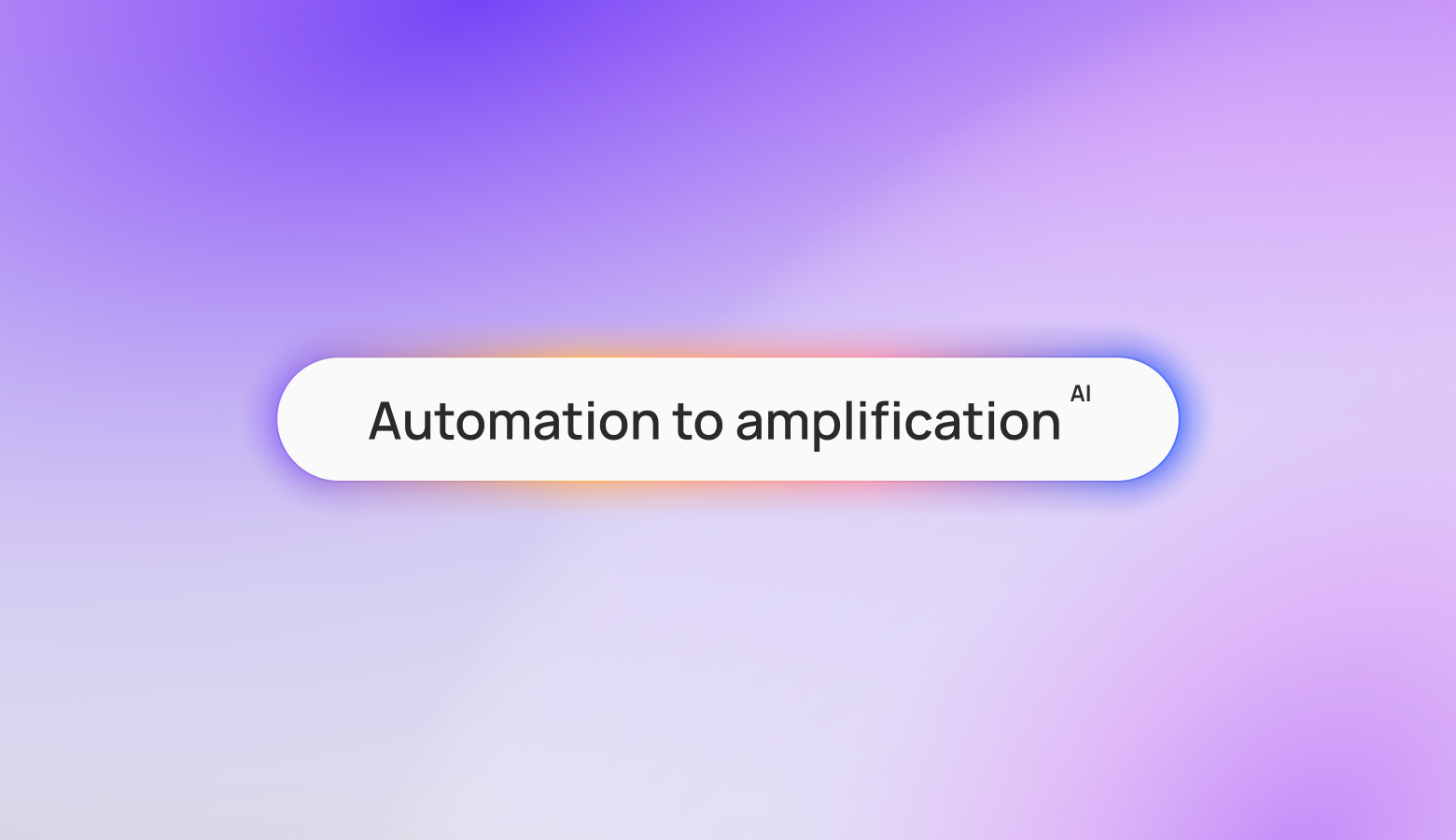Millennials & Urbanization Is Complicated. OOH Makes It Simple

We’ve all heard how millennials are moving into cities and killing suburbs. It’s a story that speaks to baby boomers feeling removed from their now-adult children and city planners looking for much-needed tax revenue.
It’s also a massive oversimplification.
Classifying millennials is complicated. Sources disagree on the age range, the generation’s movements and more. No matter what, one thing is clear: there’s an enormous audience in their 20s and 30s with more media choices than ever, making it tough to reach them. That’s why any millennial campaign should include out-of-home. OOH is media-agnostic, immune to ad-blockers and available to everyone. As long as you strategically place your campaign, you’re positioned to succeed.
Strategic placement begins by stripping away labels and focus on the people behind the hype. There’s a variety of millennial audiences, and reaching each one requires a different strategy. Out-of-home provides hundreds of different formats and a footprint in every market to reach every target audience.
Millennials Don’t Fit in One Bucket
The millennial generation could start as early as 1980 and end as late as 1997. It’s a two decade age range filled with technological breakthroughs that had profound impacts on daily life, from laptops to social media to smartphones.
The large bucket of “millennials” simply isn’t precise enough. Like any audience, millennials need to be broken down into precise groups based on defining data like age, income, family size and homeownership.
In an OOH campaign, targeting the millennial bucket takes a broad spend across multiple formats based largely on guessing, with a lot of wasted money. Specifically targeting 30–35 suburban homeowners commuting along freeways leads to strategically-placed billboards, while targeting single urban commuters using mass transit entails train and bus posters. By strategically segmenting audiences, every message is placed where it can reach its audience.
Successfully marketing to millennials starts with thinking of them as more than just millennials.
Urbanization Is About Different Lifestyles & Markets.
The hippie movement was largely baby boomers. Ten years later, they had big houses in the suburbs and a 401(k).
The urbanization trend of millennials and the subsequent movement back to suburbs are following the same cycle. People in their 20s often move where the action is. As they get into their 30s and start wanting families, they look back to the suburbs. Couple this with the fact that people are waiting to have children (the average age of a first-time mother went from 24.9 in 2000 to 26.3 in 2014) and there’s an audience in their late-20s with money to spend on experiences instead of stuff.
But every market is different. According to a recent article in Forbes, the number of educated millennials in the Chicago city core from 2000–2015 grew at 15 times the population growth rate of the whole metro area. During that same time in San Francisco, 25% more educated millennials moved to the suburbs than to the city core.
There’s no such thing as a blanket solution to millennials. The location-based micro-targeting provided by OOH is the best approach to reach the diverse audiences presented by the generation. By combining audience targeting with the right research and OOH, brands can reach multiple audience groups with different messages as part of the same campaign. After all, the 29-year-old single woman downtown might buy the same boots as the 29-year-old mother with a young child in the suburbs. Since OOH is linked to very specific locations, precise targeting is all that’s needed to the right message in front of the right audience.
People Are More Mobile Than Ever
The last few decades have seen an increased freedom of movement. It’s a change spanning generations as more people decide to move for jobs, schools, weather or just personal choice.
Precise targeting and accurate data is crucial for rapidly changing markets. Demographics from 2013 might seem recent, but many cities have seen drastic community changes in the last five years. Dying suburbs are revitalized by upper-middle class millennials with young children. Residents in their early 30s that made a neighborhood hip are now pushing 40 and the counter-culture feel has moved on.
Increased mobility has actually helped spur OOH growth and effectiveness in recent years. The OOH infrastructure was already there, and new technology helped it grow as the population start moving around. Audiences don’t need to be on specific streaming services, channels, websites or other media to see your message. All they need to do is step outside. OOH puts the ad right where your audience is, whether they’re traveling in the airport or looking around their new neighborhood.
Reaching millennials requires a blend of good audience strategy and OOH.
The key takeaway is that every strategy should be built around who your audience is as people. Ignore the vague generational labels and focus on what binds your audience to your message. Once you have that, it’s just a matter of combining the right data analysis with people who know the field to take full advantage of everything OOH has to offer.
Millennials are changing what we say and where we say it. But the goal is still the same: your audience needs to see your message in the right place and right time to have the best chance of resonating with them. And the best way to do that is, and always has been, out-of-home.
Helpful resources
Explore our article library



